Navigating the Legal Landscape of Augmented Reality
Augmented Reality (AR) has rapidly evolved from a futuristic concept to a practical technology transforming various industries. From gaming and entertainment to healthcare and education, AR applications are limitless. However, with its widespread adoption, several legal issues have emerged that stakeholders must navigate. This blog post delves into the key legal concerns surrounding Augmented Reality, the need for businesses and developers to innovate responsibly, and some useful resources that have been created to guide best practice around the world.
What Is Augmented Reality?
Augmented Reality overlays digital information onto the real world, enhancing the user experience through interactive and immersive elements. Popular examples include Pokémon Go, Snapchat filters, and navigation apps that superimpose directions onto real-world environments.
Stay on top of key concepts with the ArbTech lexicon here.
How Does AR Affect Intellectual Property Rights?
One of the primary legal challenges in AR involves intellectual property (IP). Since AR often uses digital content, there’s a risk of infringing on existing IP rights. For instance, integrating copyrighted images, videos, or trademarks into AR applications without proper authorisation can lead to legal disputes.
Key Consideration: Always ensure you have the right licenses and permissions for any digital content used in your AR projects. For more insights on IP and AR, refer to this detailed guide by the World Intellectual Property Organization (WIPO).
What Are Key Privacy Concerns?
AR applications frequently collect and process vast amounts of personal data, including location, facial features, and user preferences. This data collection raises significant privacy issues, particularly concerning user consent and data protection.
Key Consideration: Implement robust data protection measures and obtain explicit consent from users before collecting any personal data. The General Data Protection Regulation (GDPR) offers comprehensive guidelines on maintaining privacy standards.
Liability Issues
Determining liability in AR-related incidents can be complex. For example, if an AR application directs a user into a dangerous situation or causes property damage, who is responsible? These scenarios require clear terms of service and disclaimers to manage potential liabilities.
Key Consideration: Draft clear and comprehensive terms of service that outline the responsibilities and limitations of your AR application. The Electronic Frontier Foundation (EFF) provides valuable resources on drafting user agreements.
Product Safety
AR devices, such as smart glasses, may pose product safety concerns. Manufacturers must ensure these devices do not harm users or malfunction during use. Compliance with safety regulations and standards is crucial to avoid legal repercussions.
Key Consideration: Adhere to product safety standards and conduct rigorous testing before releasing AR devices. For example, the US Consumer Product Safety Commission (CPSC) offers guidelines and regulations for product safety.
Public Space Regulations
AR applications that operate in public spaces must consider local laws and regulations. This includes permissions for virtual content placements and ensuring that AR activities do not disrupt public order or violate zoning laws.
Key Consideration: Engage with local authorities to understand and comply with regulations governing public spaces. Check out this resource by the American Planning Association as an example of current best practice in the USA.
Avoiding The Risks of Augmented Reality
The rapid advancement of Augmented Reality brings exciting opportunities and significant legal challenges. By understanding and addressing these legal issues, businesses and developers can create innovative AR solutions that are both legally compliant and user-friendly. Stay informed, seek legal advice where necessary, and always prioritise user rights, privacy and safety.
FAQ
Can AR be used as evidence in legal proceedings?
Yes, AR can be used in legal proceedings to recreate crime scenes, visualize evidence, or simulate scenarios. However, its admissibility depends on factors like accuracy, authenticity, and relevance to the case.
What role does intellectual property law play in AR development?
Intellectual property law governs the creation and use of AR content. Developers must ensure:
· No infringement of copyrighted materials, trademarks, or patents.
· Proper licensing of third-party content used in AR applications.
How can companies mitigate legal risks associated with AR?
To mitigate legal risks, companies should:
· Develop clear terms of use and privacy policies.
· Obtain appropriate licenses for all AR content.
· Regularly audit compliance with relevant laws and regulations.
· Provide user safety guidelines and disclaimers.
How is AR expected to evolve legally and technologically?
As AR technology advances, we can expect:
· Stricter regulations on privacy and data usage.
· New legal frameworks addressing AR-specific issues like virtual property disputes.
· Increased adoption in legal and professional settings, raising new ethical and legal questions.
For further reading on new technology and its legal implications, visit the ArbTech lexicon.
Disclaimer: This blog post is informative only. No representations are made, or responsibility taken, for its accuracy. It does not constitute advice of any nature, legal or otherwise.
